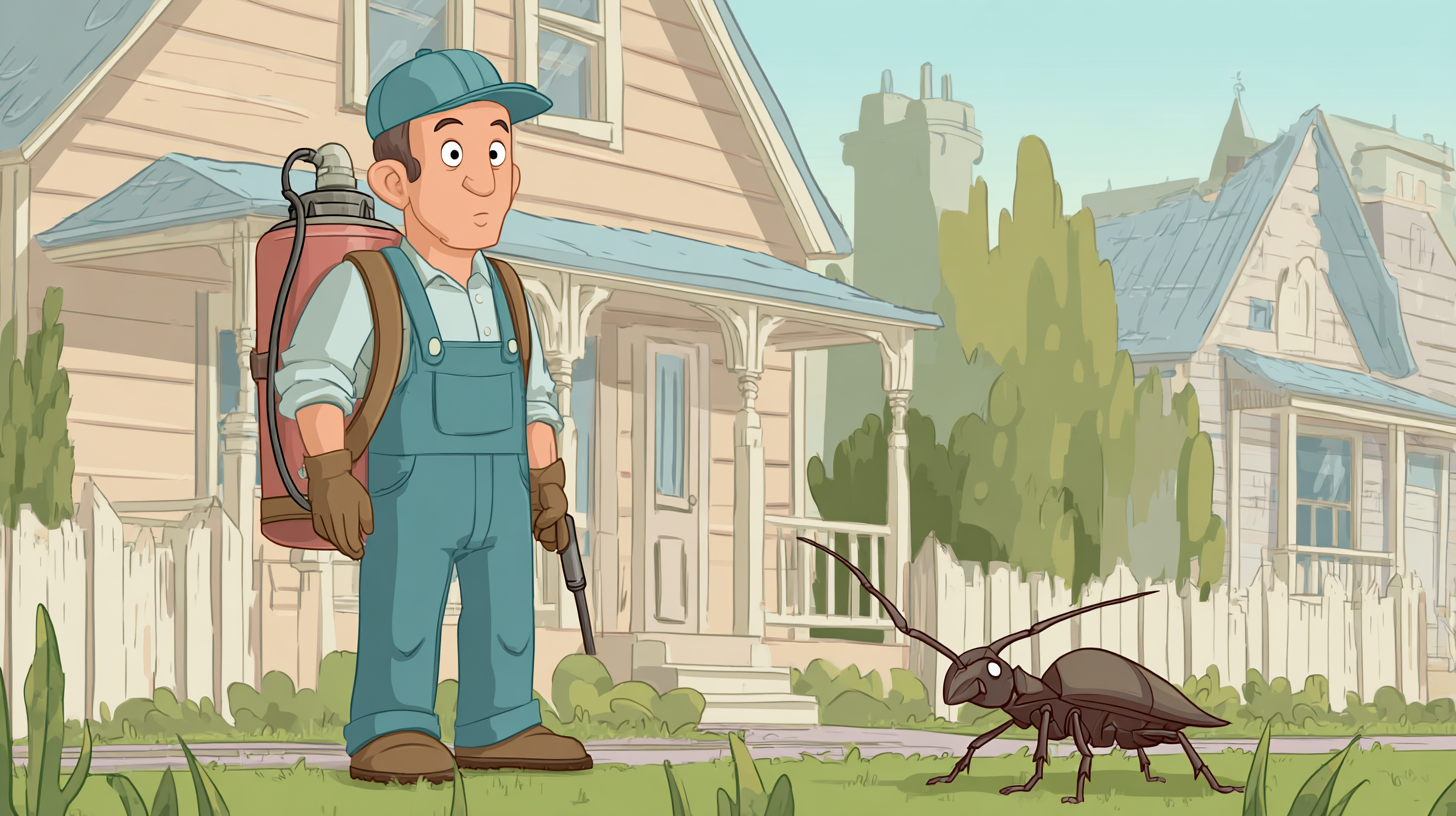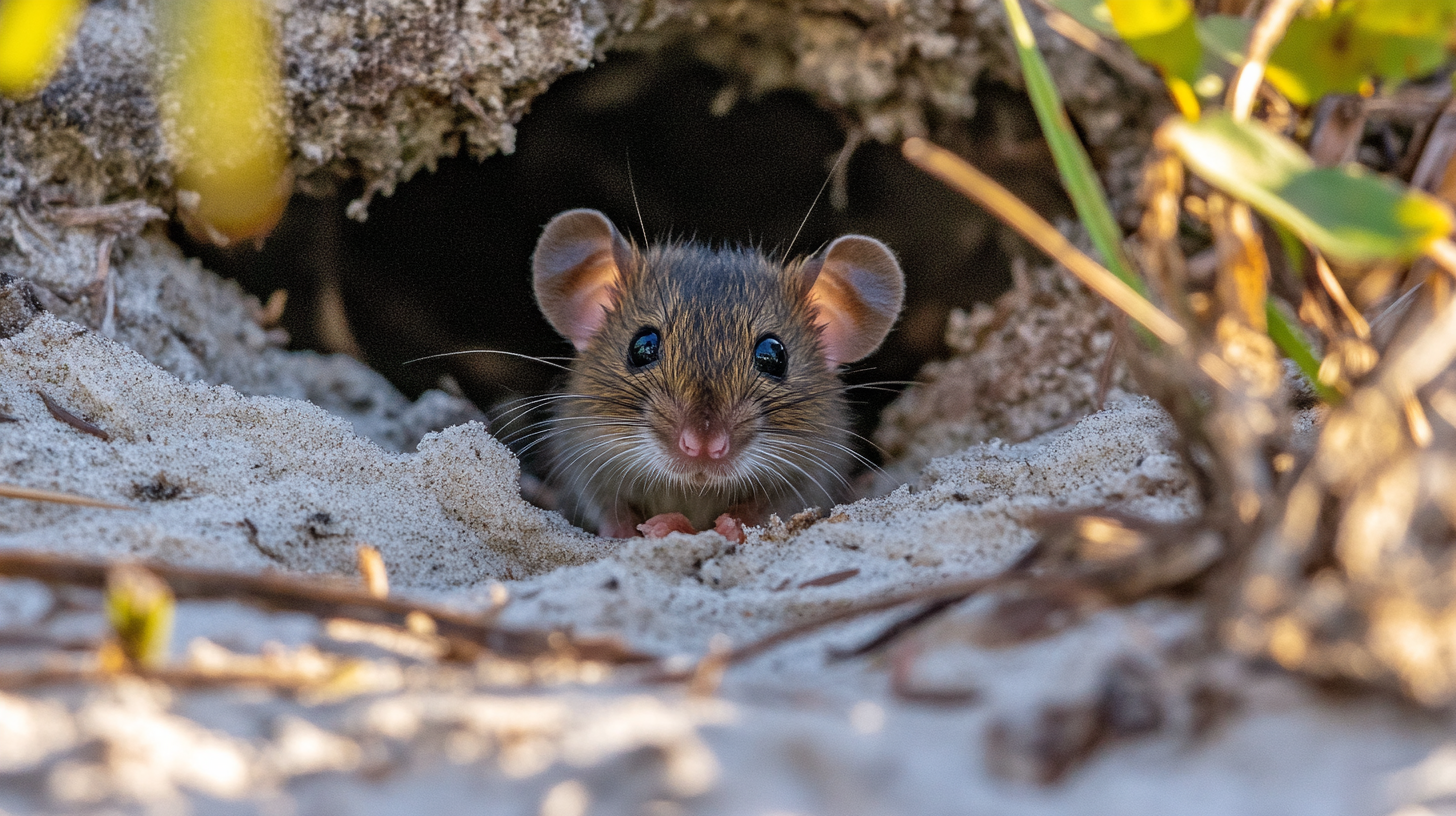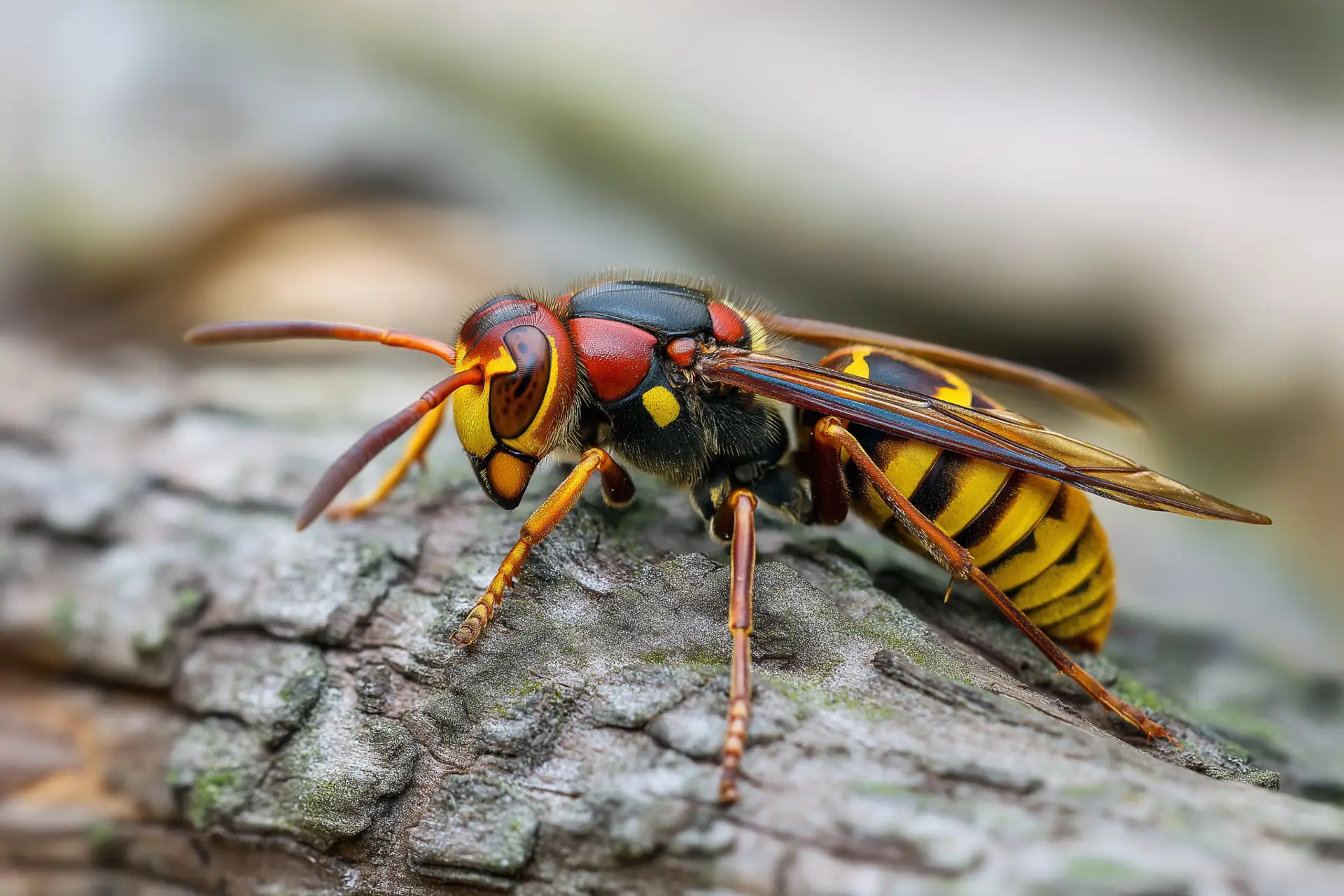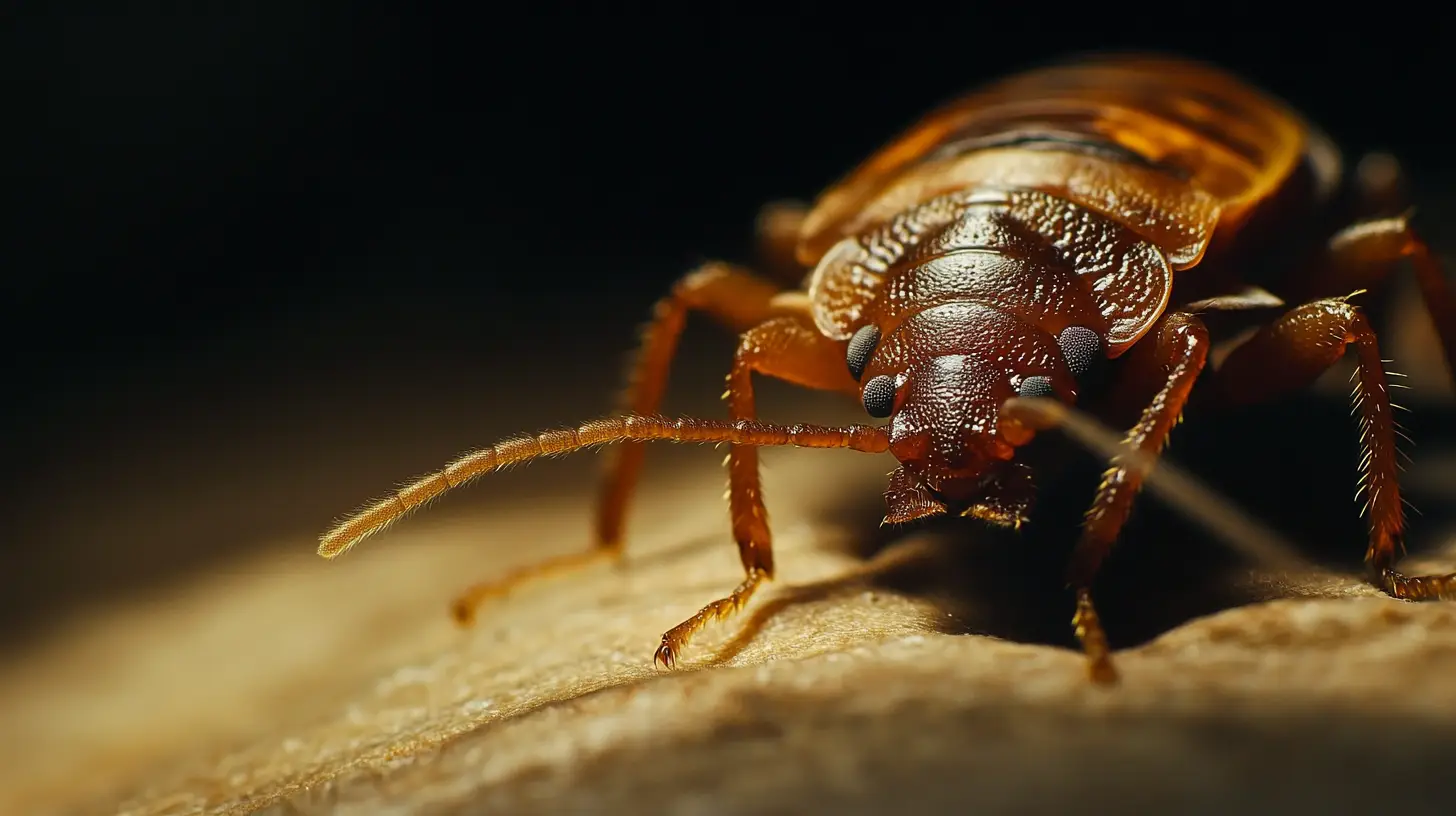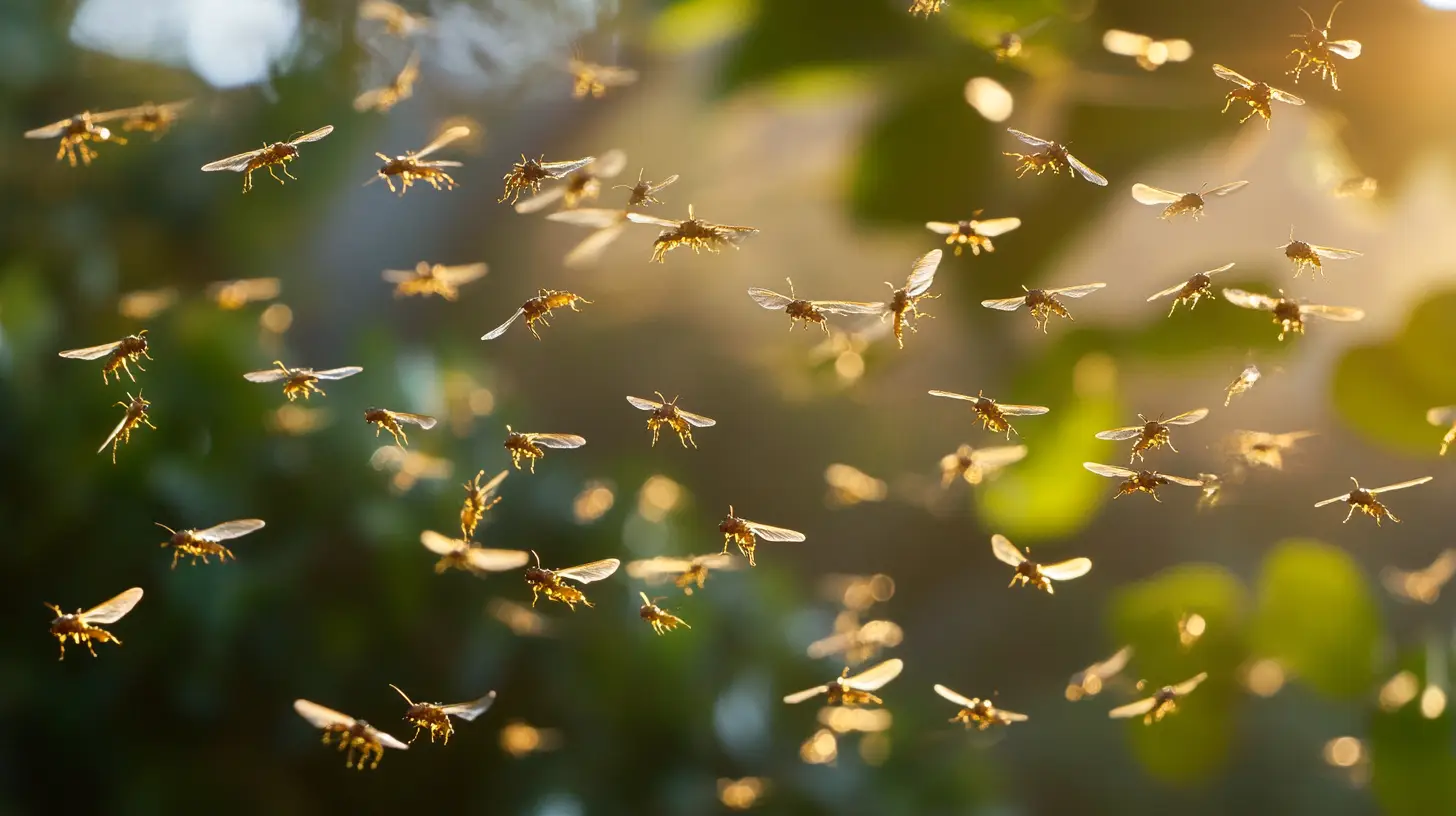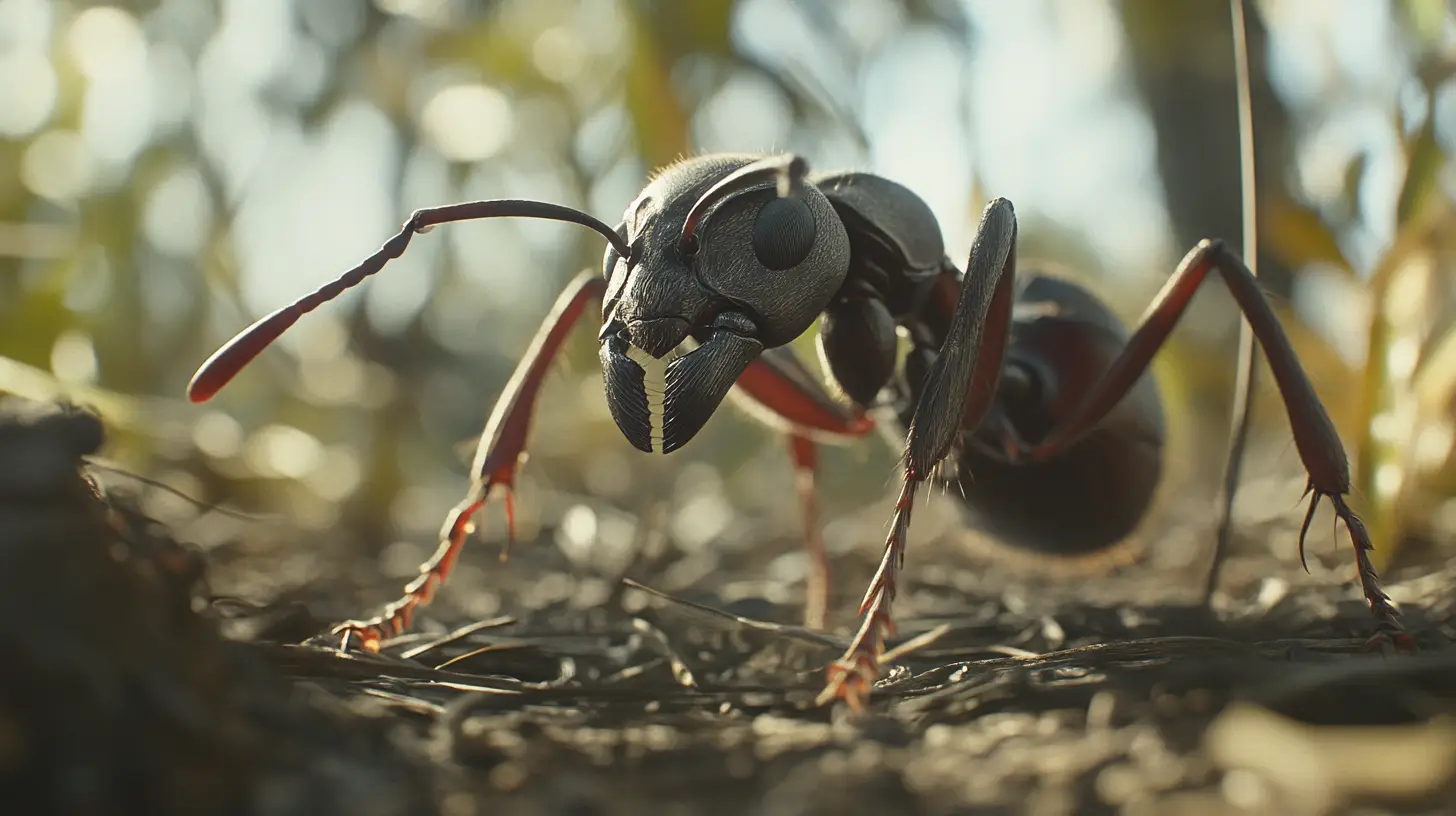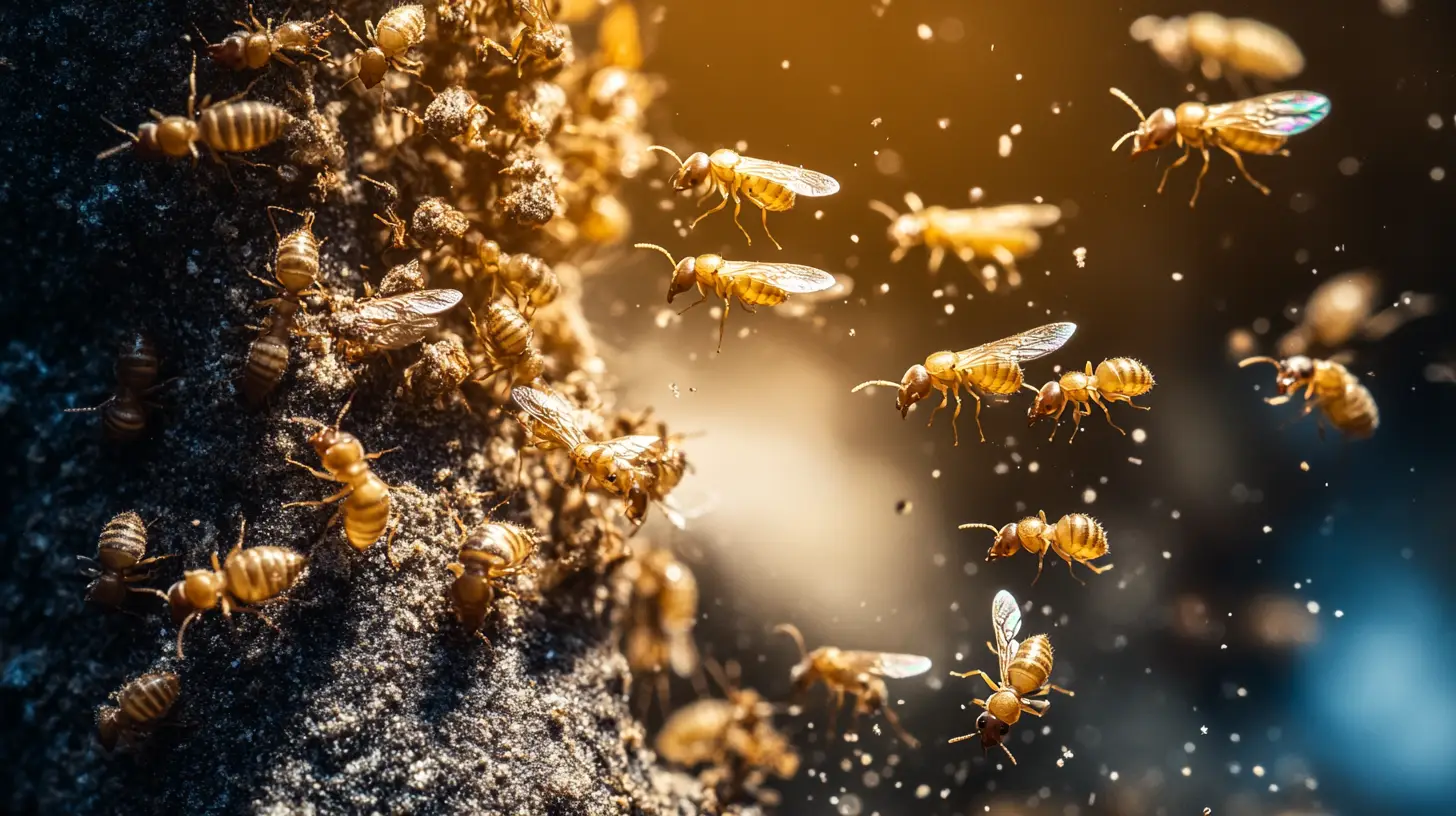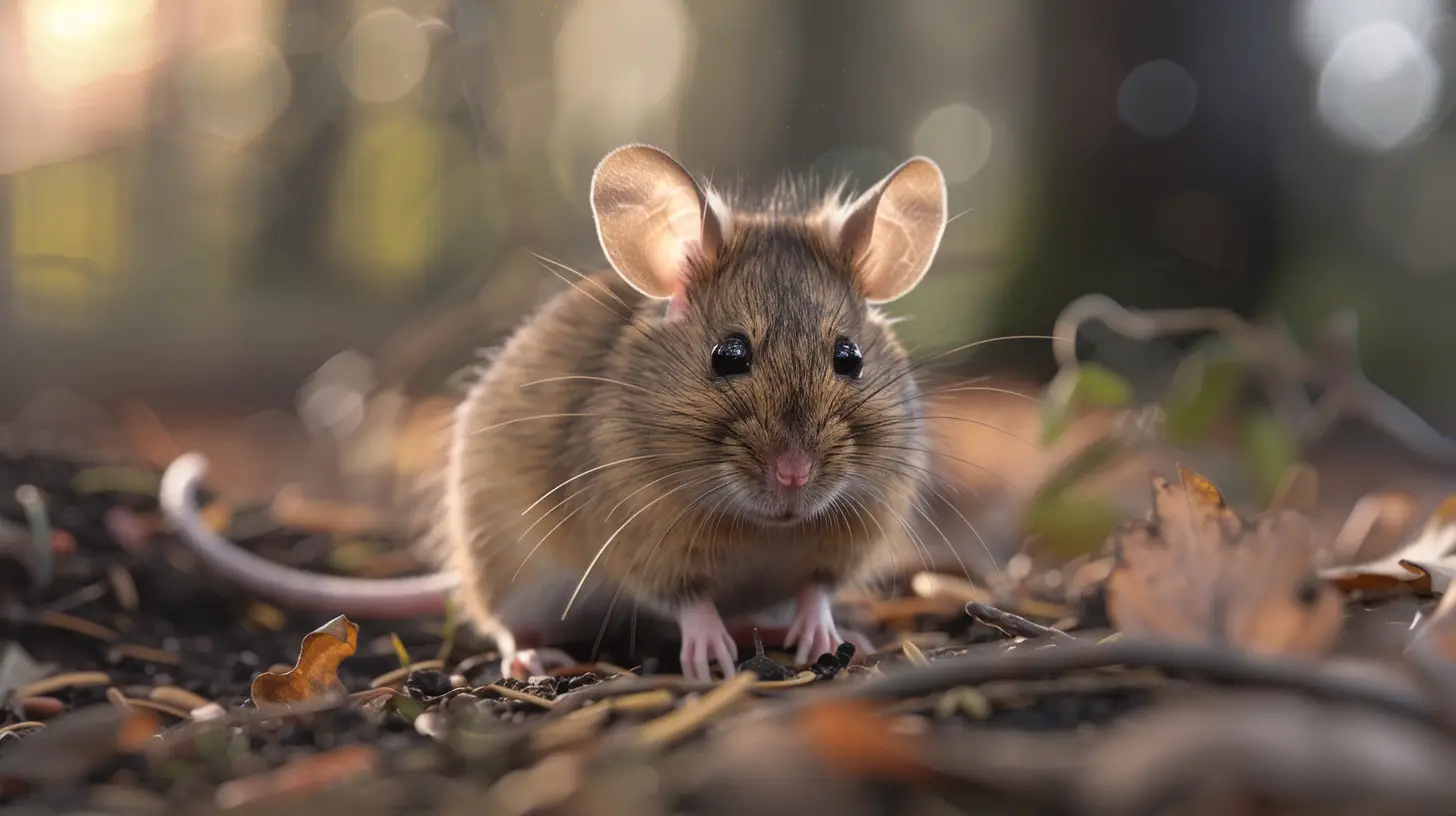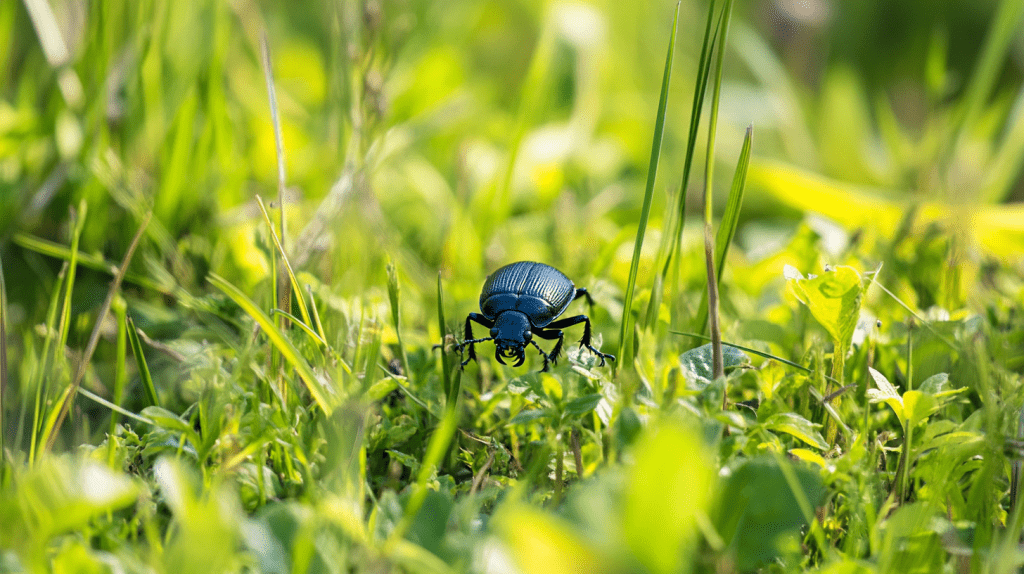
Table of Contents
If you’re looking to get rid of ground beetles around your Sarasota, FL property, understanding their habits and benefits can make all the difference. These agile, nocturnal hunters are fast runners and fierce predators of garden pests like caterpillars, slugs, and ants, making them natural pest controllers. With over 40,000 species worldwide, ground beetles come in various colors, from black to metallic greens, blues, and purples. Most are flightless and prefer to stay close to the ground, often hiding in burrows or moist, dark places during the day and emerging at night to hunt.
While they may help keep some pests in check, ground beetles can become unwelcome guests when they wander indoors or multiply in large numbers near your home. If you’re dealing with a ground beetle invasion, rest assured—there are effective ways to keep them at bay. From preventive steps like sealing entry points and removing outdoor clutter to natural and professional control methods, this guide will walk you through the best strategies to get rid of ground beetles. Let’s dive into practical solutions to help manage these beetles so you can enjoy a more comfortable, beetle-free environment in beautiful Sarasota.
Key Takeaways
- Understand Their Benefits: Ground beetles are natural pest controllers, preying on common garden pests like caterpillars and slugs, making them beneficial to gardens and landscapes.
- Identification Tips: Ground beetles are often black or dark brown with a flattened body and long legs. Many are nocturnal, attracted to light at night, and may wander indoors by accident.
- Reduce Attraction Outdoors: To make your garden less inviting, reduce moisture, trim tall grasses, avoid thick mulch, and clear away fallen fruits or vegetables. Removing leaf piles and debris near foundations will also reduce their hiding spots.
- Use Natural and Physical Deterrents: Non-toxic options like diatomaceous earth, citrus peels, and copper tape around plant bases can help deter ground beetles. Attracting natural predators like centipedes and parasitic wasps can further control their population.
- Prevent Entry Indoors: Seal any cracks and entry points around doors and windows, reduce outdoor lighting, and use yellow or sodium vapor lights to minimize attraction. If beetles enter, vacuuming or using glue traps can quickly remove them without chemicals.
Key Facts About Ground Beetles
Ground beetles are nocturnal predators beneficial to gardens and agriculture. Ranging in color from black to iridescent greens and blues, they are identified by their hard, ridged wing covers. While helpful in pest control, they may occasionally enter homes in late summer, though they pose no threat to structures or food.
Identifying Ground Beetles – Appearance, Behavior, & Habitat
Ground beetles are typically dark-colored insects, with most ranging from black to dark brown, though some species have bright, metallic colors like blue, green, purple, or even red. Their size can vary widely, from as small as 1/8 inch to over 1 1/2 inches in length. Known for their streamlined, flattened body shape, ground beetles have hard, protective wing covers (elytra) that meet in a straight line down their back, often with fine ridges or dotted patterns.
Equipped with long, slender legs adapted for running, they are incredibly quick and will dart away when exposed, making them challenging to catch. Their narrow head, smaller than their thorax, and prominent jaws (or mandibles) are key features to look for, along with thread-like antennae consisting of 11 segments.
Key Points for Ground Beetle Identification
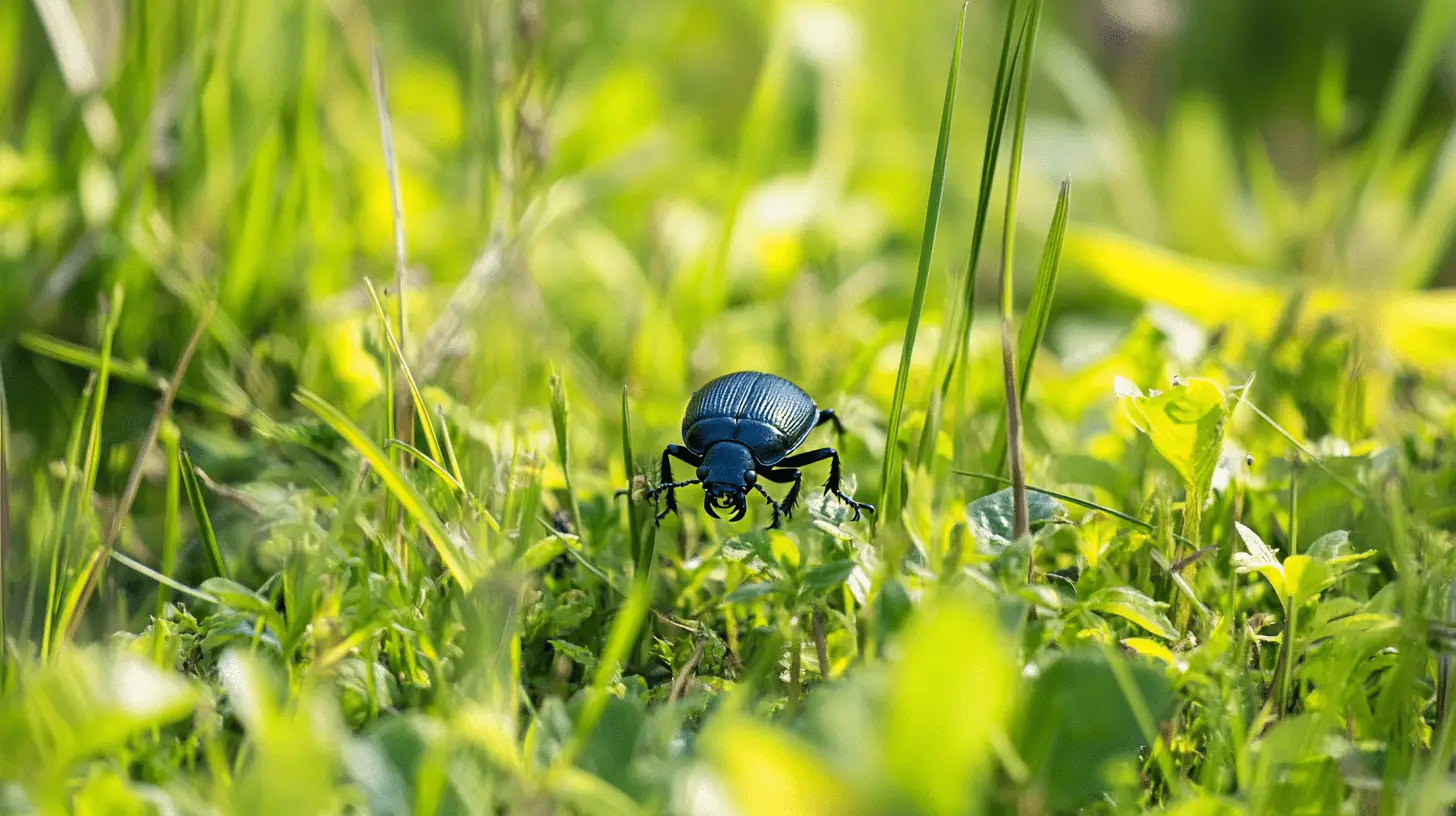
1. Appearance
Ground beetles vary in size from 1/8 inch to over 1 1/2 inches long (3-38 mm) and are often black or dark brown, though some species are brightly colored or metallic. They have a flattened body shape with hard wing covers (elytra) that meet in a straight line down their back, often with fine parallel ridges or dotted patterns. Other notable features include long, slender legs, prominent mandibles, and thread-like antennae with 11 segments.
2. Distinctive Features
Ground beetles have a narrow head, a flattened body, and a shiny appearance in many species. Known for their speed, they are fast runners but rarely fly.
3. Behavior
Primarily nocturnal, ground beetles are active at night, hiding during the day under rocks, logs, leaves, or bark. When exposed, they move quickly and are often attracted to lights at night.
4. Habitat
These beetles are found in various environments, including forests, fields, gardens, and around homes. Common near foundations, they may enter buildings in late summer.
5. Other Characteristics
Ground beetles do not damage buildings, food, or clothing. They are considered beneficial as they prey on other insects and invertebrates. While they may pinch if handled, they are not harmful to humans.
To identify ground beetles, look for their flattened body, long legs, prominent jaws, and characteristic parallel ridges on wing covers. Their quick movement when exposed and nocturnal habits also aid in identification.
Primarily nocturnal, ground beetles are active at night and often attracted to outdoor lights, which is why they can sometimes find their way indoors by accident. They’re generally harmless and are beneficial to gardens, as they prey on other insects and help control pest populations.
During the day, ground beetles stay hidden under rocks, logs, leaves, and bark, emerging at night to hunt. Although they may pinch if handled, they don’t damage buildings, food, or clothing and are generally harmless to humans. You’re most likely to see them around foundations or wandering indoors in late summer when they may seek shelter.
How to Get Rid of Ground Beetles – Effective Control Tips
To get rid of ground beetles, begin by reducing factors that attract them to your yard and garden. Ground beetles thrive in moist, cool environments with plenty of cover, so removing excess moisture, avoiding thick layers of mulch, and keeping weeds and tall grasses trimmed can help. Clearing away fallen fruits and vegetables also removes a potential food source, making your garden less inviting to these nocturnal hunters.

Effective Ground Beetle Control with Sarasota Exterminators!
Dealing with ground beetles around your home? Contact Sarasota Exterminators at (941) 318-7765 for professional ground beetle control! Serving all of Sarasota, FL, we’re here to help protect your property from these invasive pests, ensuring a safe and pest-free environment.
Get Ground Beetle Control Today!For direct control, consider creating physical barriers. Applying copper tape around plant bases or using row covers can protect plants from beetle activity. Natural remedies are also effective; sprinkling food-grade diatomaceous earth around entry points can deter beetles without chemicals. Citrus peels can help repel beetles, while introducing beneficial nematodes into the soil can control beetle larvae. You can even encourage natural predators, like centipedes and parasitic wasps, to help maintain the beetle population.
Effective Methods to Get Rid of Ground Beetles
1. Reduce Attraction Factors
– Eliminate excess moisture in your garden.
– Avoid thick layers of mulch.
– Remove weeds and tall grasses.
– Clear away overripe fruits and vegetables.
2. Create Physical Barriers
– Use copper tape around the base of plants.
– Apply row covers to protect plants from beetles.
3. Natural Remedies
– Sprinkle food-grade diatomaceous earth around entry points and affected areas.
– Place citrus peels (orange or lemon) near entryways and beetle activity zones.
– Introduce beneficial nematodes to control beetle larvae in the soil.
– Attract predatory insects like centipedes and parasitic wasps to aid in control.
4. Chemical Control
– Use insecticides designed specifically for beetles, following all instructions carefully.
– Apply natural pyrethrin sprays derived from chrysanthemum flowers for targeted control.
5. Prevent Entry
– Remove objects that can harbor beetles, like leaf piles, old boards, and rotting logs.
– Caulk and screen any potential entry points into the home.
– Reduce outdoor lighting or switch to yellow or sodium vapor bulbs that attract fewer beetles.
6. Indoor Management
– Vacuum or manually remove beetles found indoors for immediate results.
– Use insecticide sprays or dusts indoors for a quick kill, but note that these have no residual activity.
7. Outdoor Perimeter Treatments
– Apply insecticide sprays or granular products around the building perimeter.
– Reapply regularly if beetles persist in entering structures.
Ground beetles are beneficial predators in gardens and agricultural settings. When possible, consider using non-lethal methods to manage them, maintaining their positive impact on the ecosystem.
If beetles are entering your home, prevent their entry by removing hiding spots like leaf piles and rotting logs, and sealing cracks or gaps around windows and doors. Reducing outdoor lighting or using yellow or sodium vapor lights can also help, as beetles are often attracted to bright lights at night. For beetles already indoors, vacuuming or using insecticide sprays are quick fixes, though sprays offer only temporary control.
If beetles are particularly persistent around the perimeter of your home, consider applying insecticides specifically designed for beetles around the building’s exterior. By using a combination of these preventive, natural, and (if necessary) chemical methods, you can manage ground beetles effectively while preserving their beneficial role in the garden.
Final Thoughts on Keeping Ground Beetles in Check
In conclusion, managing ground beetles effectively requires a balanced approach that respects their beneficial role in the garden while addressing their potential as unwanted visitors. By reducing moisture, clearing garden debris, and using physical barriers, you can make your property less inviting to ground beetles. Natural remedies, like diatomaceous earth, citrus peels, and introducing beneficial nematodes, offer safe options for controlling beetles without harsh chemicals. Indoors, keeping entry points sealed and vacuuming up any beetles that wander in provide simple, non-toxic control methods. For persistent issues, perimeter insecticide treatments can offer additional protection when needed.
By combining these strategies, you’ll be able to manage ground beetles effectively, keeping your garden healthy and your home free from unwanted guests. This balanced approach allows you to enjoy a pest-free environment while preserving the natural benefits that ground beetles bring to outdoor spaces.
Frequently Asked Questions (FAQs)
What attracts ground beetles to my property?
Ground beetles are attracted to moist, cool environments with plenty of hiding places. Gardens with heavy mulch, thick vegetation, and fallen leaves offer ideal habitats. Ground beetles are also drawn to outdoor lighting at night, which can lead them closer to buildings where they may enter.
Are ground beetles harmful to humans?
No, ground beetles are not harmful to humans. While they may pinch if handled, they don’t bite, sting, or carry diseases. They are generally considered beneficial insects due to their diet of common garden pests.
How can I identify a ground beetle?
Ground beetles have a flattened body shape and are typically black or dark brown, though some species display metallic colors like green, blue, or purple. They have long, slender legs, thread-like antennae with 11 segments, and hard wing covers (elytra) that meet in a straight line down their back. Most ground beetles range from 1/8 inch to over 1 1/2 inches in length.
Are ground beetles beneficial in gardens?
Yes, ground beetles are highly beneficial in gardens. They are natural predators of various pests, including caterpillars, slugs, and other small insects, helping to keep pest populations in check. Many gardeners appreciate them for their role in natural pest control.
How can I naturally repel ground beetles?
To naturally repel ground beetles, try sprinkling food-grade diatomaceous earth around entry points and areas of beetle activity, as it dehydrates and deters them. Citrus peels placed near doorways and windows can also repel beetles, as they dislike the strong scent. Encouraging natural predators, like centipedes and parasitic wasps, can help control their populations as well.
What should I do if I find ground beetles indoors?
If ground beetles have entered your home, vacuuming them up is an effective and non-toxic removal method. You can also use glue traps in problem areas or insecticide sprays for quick control, though sprays provide only temporary results indoors.
How can I prevent ground beetles from entering my home?
To keep ground beetles out, seal any cracks or gaps around windows, doors, and foundations with caulk. Reducing outdoor lighting or using yellow or sodium vapor light bulbs can also help, as beetles are less attracted to these types of light. Removing debris like leaf piles and wood near your home’s foundation will further reduce their hiding places.
Is it necessary to use insecticides to control ground beetles?
Insecticides can be useful in severe infestations but are not always necessary. Ground beetles are beneficial and rarely require chemical intervention. Natural and preventive methods, like moisture control, sealing entry points, and removing garden clutter, are often enough to manage their presence. If insecticides are needed, pyrethrin-based or beetle-specific products are effective when used according to instructions.
Why are ground beetles attracted to lights?
Ground beetles are primarily nocturnal and are drawn to lights at night. This attraction to light can lead them closer to homes and buildings where they may accidentally enter. Reducing or changing outdoor lighting to less attractive bulbs, like yellow or sodium vapor lights, can help minimize this.
Do ground beetles damage plants or property?
No, ground beetles do not damage plants, buildings, or other property. They feed on other insects and pests, making them beneficial for gardens. Occasionally, they may pinch if handled, but they are not destructive to property.
How does diatomaceous earth work for ground beetle control?
Food-grade diatomaceous earth (DE) is a natural powder made from fossilized algae. It works by damaging the exoskeletons of insects, including ground beetles, causing them to dehydrate. Sprinkle DE around entry points or beetle-prone areas to help deter them naturally.
What are physical barriers that can protect plants from ground beetles?
Physical barriers like copper tape around plant bases can discourage ground beetles and other pests from climbing up plants. Additionally, row covers offer protection for plants and prevent beetles from accessing sensitive areas. These barriers provide a safe and effective way to keep beetles out of your garden beds.
When should I consider professional pest control for ground beetles?
Professional pest control is rarely needed for ground beetles unless there is a severe infestation that DIY methods have not resolved. A pest control professional can assess the situation, apply targeted treatments around the home’s exterior, and offer advice on long-term solutions if ground beetles persist indoors.
Can ground beetles survive indoors?
Ground beetles can survive indoors for a short time but typically do not thrive in indoor environments. They prefer moist, outdoor habitats and will often seek their way back outside. Indoor infestations are usually accidental and can be managed by simply vacuuming or sweeping up the beetles.
Are there other insects that ground beetles help control?
Yes, ground beetles are effective predators of many garden pests, including caterpillars, ants, slugs, aphids, and other soft-bodied insects. Their presence in gardens helps to naturally reduce pest populations, benefiting plants and minimizing the need for chemical pesticides.


